How deadly crowd crushes happen – and how to stop them
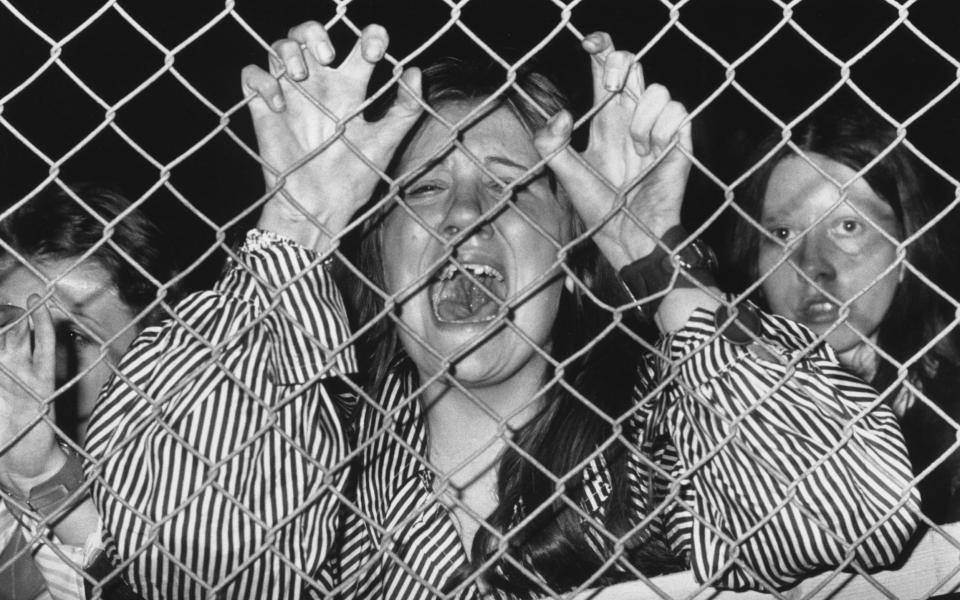
Rock concerts are supposed to be about joy, escapism and communality. But as the events of rapper Travis Scott’s Astroworld Festival in Houston reminded us they can also be occasions of tragedy and death.
Eight people died and many more were injured after the crowd surged towards the stage at the 50,000 capacity event. This followed two deaths on Tuesday at an Abba tribute concert in Sweden, when a man either jumped or fell down seven floors and landed on two individuals.
But how can it be that people are still dying at large-scale shows in 2021? One issue may be that the industry doesn’t pool its collective experience of injuries and of near-misses at concerts. There is a culture of secrecy and of out of court settlements. Lessons are not learnt. Instead, they are brushed beneath the carpet.
“Everything is settled out of court and sealed,” says G. Keith Still, a visiting professor of crowd science at the University of Suffolk and specialist in crowd safety, crowd risk analysis and personal injury at events .
“Look at the aviation industry. If there’s a near miss or a close collision there is an investigation by experts. And there are new processes and procedures put in places. When an incident happens where there’s been a personal injury at an event, it gets settled out of court, the documents get sealed.”
“At the expert witness cases I’ve worked on, I’m not allowed to talk about them…. The industry doesn’t have this feedback mechanism.. Near misses, close calls are known about – they’re not talked about.”
The Astroworld deaths seem to have followed an all too familiar pattern of a crowd pushing forward while people at the front tried to escape. Those caught in the middle are typically caught in the crush and asphyxiated.
In the case of Travis Scott, authorities should have considered themselves forewarned given the rapper’s reputation for disorderly behaviour. In 2015 he plead guilty to reckless conduct after suggesting fans push through barriers and rush the stage at a festival in Chicago.
That same year, he encouraged a fan to jump from a second floor balcony at the Terminal 5 venue in New York. In 2015, at the Summer Jam festival in New Jersey, Scott urged the crowd to overwhelm security and invade the stage. “There are more of them than you,” he said.
Horribly, and even setting aside Travis Scott history of recklessness, Astroworld was no isolated incident. Instead it is part of a pattern of stampedes at large concerts. In 1974, at a David Cassidy concert in White City Stadium London, 14 year old Bernadette Whelan died after being caught up in a crush in which 700 fans were injured.
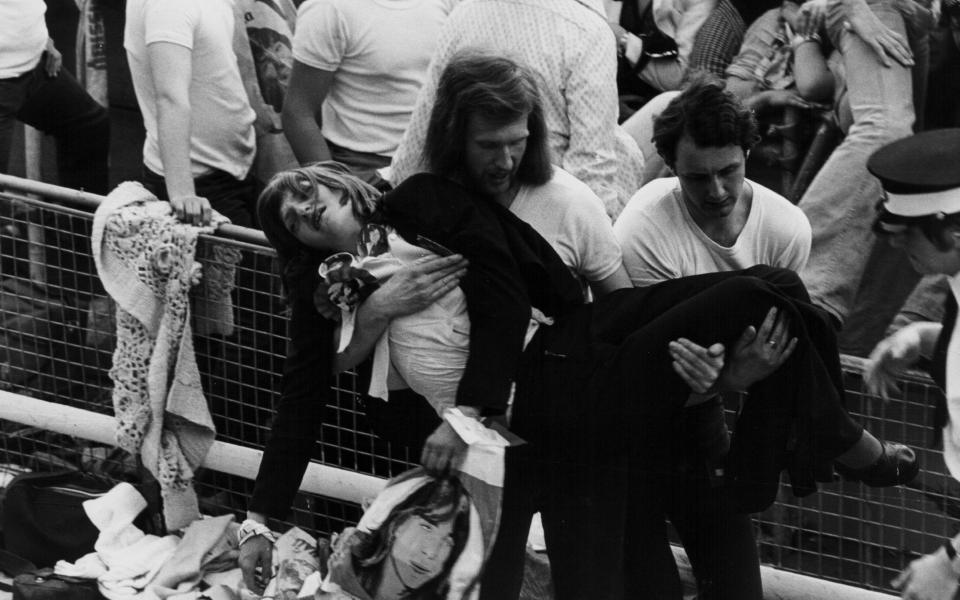
Five years later, in 1979, 11 people were killed trying to gain entry to a Who show in Cincinnati’s Riverfront Coliseum. Hundreds of fans had gathered outside for a place near the front. With just a few doors opening, the crowd surged forward.
A crush also caused the deaths of two fans at the 1988 Monsters of Rock Festival at Castle Donington. With a record 107,000 attending, and conditions wet, a surge forward led to a crowd collapse involving 50 people 15 yards in front of the stage. Guns ’N Roses stopped playing and called for calm. But it was too late: the bodies of Alan Dick, 18 and Landon Siggers, 20 were retrieved from four inches of mud.
Twenty-one years ago, meanwhile, at the Roskilde Festival in Denmark, nine people were trampled in the mosh-pit as Pearl Jam were performing. After days of rain the ground had become treacherously muddy. Years later, Pearl Jam said they regretted their response to the tragedy.
“Everyone failed to live up to what was needed in those hours before and in those days following the tragedy,” read the statement, written by guitarist Stone Gossard on the band's behalf on the 20th anniversary of the the concert.
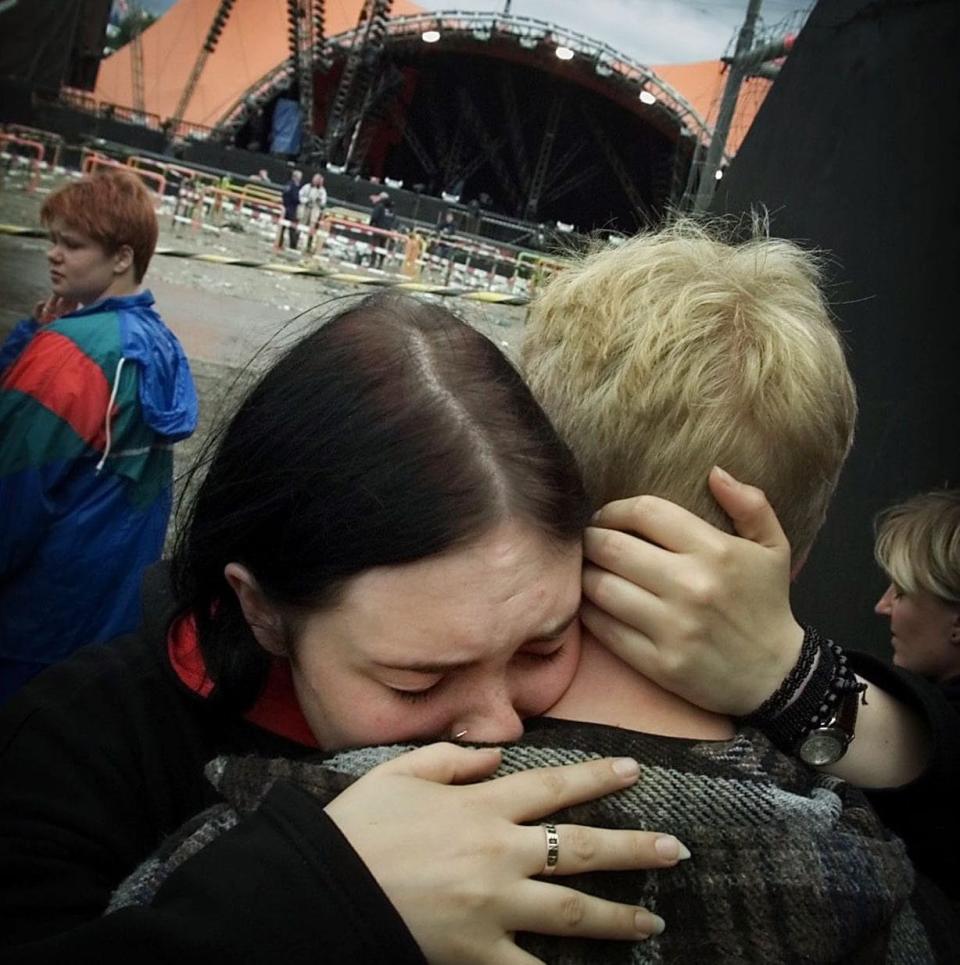
“The festival, the media, us included. We retreated and became angry after many reports implied PJ was responsible. Our words were nothing to help at that point. We hid and hoped that it wasn't our fault. We have been trying our best to unhide ever since.”
“Everyone involved in that Astroworld event will be feeling like s___. It will affect them for the rest of their lives,” says Steven Allen, founder of crowd management and event safety consultancy, Crowd Safety.
“I was at Roskilde the morning after the Pearl Jam incident. We were travelling over with Oasis. We got a phone-call saying there’s been death. The band said, 'F___ that. Morally we’re not playing. Don’t give a s___ what the insurance says. Out of respect for those kids we’re not doing it”. I’ve gone down there and it’s been the most sombre experience I’ve ever been at in my life. I’ll never forget it. The grief was overwhelming.”
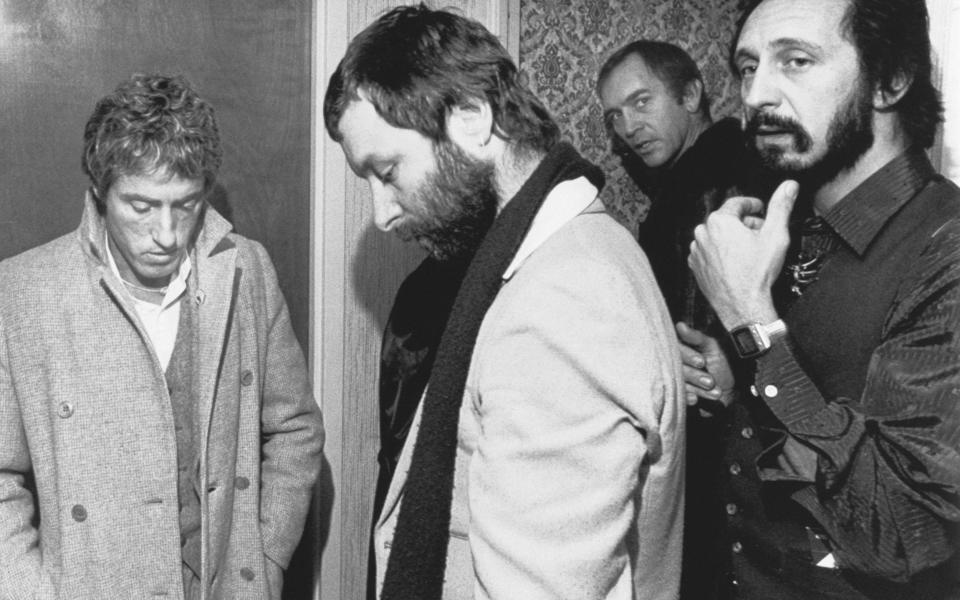
Allen says that he has stopped 25 concerts during his careers as safety consultant. In 2005, for instance, he initiated a 25 minute delay at the beginning of an Oasis his at the City of Manchester stadium after a crowd barrier near the stage was found to have become unsafe.
“All the flashing lights stopped. Boom, the full house lights go up,” is how Allen describes a typical “show stop” procedure. “It gets everyone’s attention immediately. The sound is killed other than that of the performing microphone. He or she is instructing the crowd based on what you are telling them.”
There are tell-tale tell signs that a dangerous situation may be developing, says Professor Still. “You’re looking for a 'field of wheat' effect,” he says. “The way the wind blows the wheat – you see everyone moving as one. That’s indicative of the early stages of a high risk progressive crowd collapse when you see that you need to do the show-stop.”
“Calm the crowd down and bring some space in there. But even before that you should be planning for it by trying to reduce crowd density in key locations. You should understand the performer – the high energy that might be exhibited [such as in the case of Travis Scott]. There are a lot of mitigating measures.”
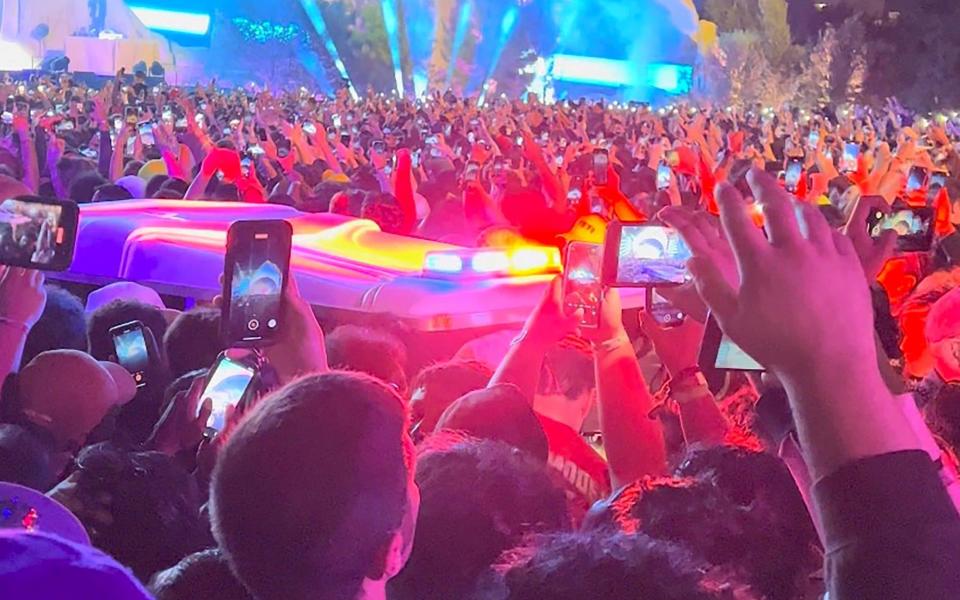
Characterising a crowd surge as a “stampede” or “panic” is misleading he says in that it implies the audience is in some way to blame.
“People don’t die because they’re panicking,” he says. “They panic because they’re dying…When you use the word “panic” or “stampede” you immediately look at the crowd as being at fault rather than the causality: ‘how did we let the crowd into this situation in the first place?’”
“When you try to save your own life or the lives of people around you, that's not panic. That's self preservation," concert safety expert Paul Wertheimer agreed in an interview with CNN. “When you're being crushed by 5,000 people behind you and you're up against people in front of you who are being crushed, you're trying to save your life because you've been put into a position and an environment which is beyond your control.”
Crowd surges don’t “just happen” he said. They build up gradually. “When authorities say a surge happened quickly, that's not really how it works. It takes time to build up density in a crowd. It will create the surge or the crowd crush or the crowd collapse, which occurred over time. Crowd safety experts know this.”
The only way to prevent further tragedies is to hold concert organisers and promoters criminally liable for deaths, says Wertheimer. “Start criminally charging these promoters and agencies that sign off on these reckless events. Do that, and safety will change overnight. If nobody’s criminally charged, families of the deceased will sue; those injured will sue. And four years from now, they’ll settle with everybody. We’ll do the legal dance, and then in between and after, it will be business as usual.”

